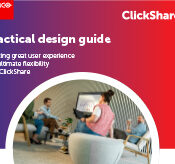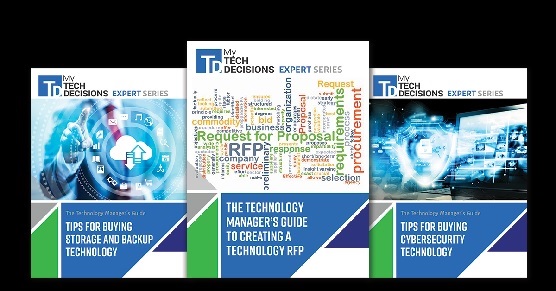Back in the old days, professors at UMass Lowell had to book lab spaces far in advance to teach a lesson.
Now, instead of students going to the labs, the labs go to the students.
This is possible through vLabs, an app students can utilize to access lab assignments through the university’s portals.
“It transforms how students interact with lab assignments,” says Mike Cipriano, CIO at Umass Lowell. “It used to be, ‘I need to go over to the lab at 10 p.m. to use the computer.’ Now, students can get to the lab from their own device.”
Steve Athanas, Director of Platforms & Systems Engineering says the university wanted students to have access to their labs anytime, anywhere.
“You can go to the library and have access to a lab,” he says. “You can access vLabs-enabled labs, such as those for biology, health sciences, business and the Centers for Learning, from anywhere. For instance, if you’re a business major, you used to have to go to the business computer lab. Now, you can do your work from the library.”
Athanas says commuting students have given him positive feedback about vLabs.
“About half of our students are commuters,” he says. “Some live as far as 45 minutes away, so they used to have to drive that distance to campus, spend 30 minutes in the lab and then drive 45 minutes home. Now they tell us, ‘You’ve saved me an hour and a half of my day.'”
Students can access vLabs through their own devices, or they can access it through zero clients by VMware server-based virtual devices that retain their operating systems through their flash memory.
“The concept behind virtual desktops is that the computational power is in the data center,” Athanas says. “At the end point where the user is, you can either have physical devices, like zero clients, or students can BYOD. The zero clients look like very small PCs and are deployed across campus. From a student experience, it’s just like using a PC.
It’s flexible,” he says. “We enable a ‘work anywhere’ approach.”
Athanas says that zero clients’ operating systems are secure and are not typically susceptible to viruses due to its structure. This means that students can’t accidentally share personal information with each other.
“vLabs is more secure because it’s based on non-persistent virtual desktops,” Athanas says. “When someone logs off, the virtual computer and any information on it is destroyed. You’re never a second user. You’re always the first user on a computer; it’s always brand-new.”
Zero clients provide physical outlets similar to PCs. This includes flash drives for a mouse, monitor and keyboard.
“They have USB ports so students can plug in thumb drives,” Athanas says. “They attach to 24-inch HD monitors, keyboards and mice. Students see and use Microsoft Windows. They look like PCs, but they don’t actually run any software.”
Athanas says one benefit to installing zero clients is that they only require eight watts of power while they’re on, and zero when they’re turned off.
“We’ve seen a 92 percent energy-use reduction in the computer labs,” he says. “This is in part because the VDIs turn on so fast and don’t take as long as PCs do to start. Because of this, we can be more aggressive in terms of setting them to power off. Even when they’re on, there are no moving parts, no processor or hard drive, so they use a lot less energy.”
Steve Hall, Director of Network and Communications Services at UMass Lowell says another plus to having zero clients is that it’s easy to use. That means professors that are hesitant about using new hardware can learn how to work them in no time.
“The learning curve for students is really short,” he says. “We’re giving them an environment they recognize and are comfortable with, and that immediate productivity means that they can use the classroom for multiple reasons simultaneously.”
Athanas says the most powerful result of installing vLabs and zero clients on campus is students’ academic success.
In a survey given to students using vLabs and the zero clients, he says 63 percent of students thought these technologies improved their academic success.
“I’ve been in IT for almost 19 years and very rarely do you make such an impact or get such a large response to technology,” he says. “We hit the sweet spot on what students are looking for in academic technology.”
Cipriano says the deployment of both technologies was successful because of Athanas and the rest of the university’s great IT team.
“You’re successful in IT when you partner well and receive support. We have that here at UMass Lowell,” Cipriano says. “I’m pleased with the support IT receives from the university’s administration. That includes an academic technology committee that steers us toward technology opportunities. When one arises, they help us make it happen.”
…
Video: Steve Athanas demonstrates how virtual desktops support an iPad.
…
Video: Steve Athanas offers tips to implementing a successful virtual desktop.
If you enjoyed this article and want to receive more valuable industry content like this, click here to sign up for our digital newsletters!



















Leave a Reply